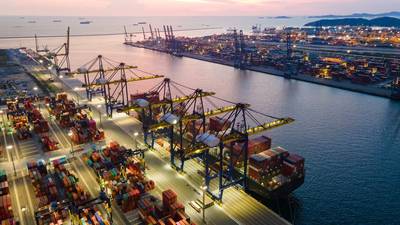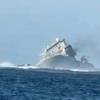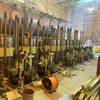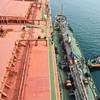ABS Introduces ‘Alternative Fuel Ready’ Guide
Classification society ABS announced Tuesday it has introduced an ‘Alternative Fuel Ready’ approach to help shipowners prepare their fleets for the introduction of alternative fuels.
Introduced through the newly published Guide for Gas and Other Low-Flashpoint Fuel Ready Vessels, the new approach is the latest contribution from ABS to assist the industry with the adoption of new fuel technologies.
The guide is designed to support shipowners looking to build a new vessel or convert an existing one to use liquefied natural gas (LNG), methanol, ethane, liquefied petroleum gas (LPG), hydrogen, ammonia and other gases or low-flashpoint fuels.
Already an emerging trend, use of low-flashpoint fuels is expected to increase significantly as the industry addresses IMO 2030 and 2050 targets.
“The decision to build a new ship or convert an existing one to use gas or other low-flashpoint fuels is complex, due to the many technical and commercial challenges that need to be faced during the design of the vessel and all the associated systems. This guide introduces the concept of ‘Alternative Fuel Ready’, which allows shipowners to plan their future fleets to adapt to the evolving regulatory and technological landscape,” said Gareth Burton, ABS Vice President, Technology. “This is just one of the ways ABS is supporting the industry through the challenging transition to low carbon operations. Our industry-leading range of guidance is informed by our extensive experience and backed by our global network of technical experts and sustainability support located in key shipping centers.”
The guide, which replaces the Guide for LNG Fuel Ready Vessels, supports owners looking to commission conventionally powered vessels that are ‘Alternative Fuel Ready’- designed to be capable of adaptation to low-flashpoint fuels at a future date.
The guide, which also introduces a range of ‘Alternative Fuel Ready’ notations, defines a program of three levels of alternative fuel readiness through concept, design and installation. The approach identifies the key technical issues to assist owners, designers and shipyards in developing vessels capable of low-flashpoint fuel operations.













